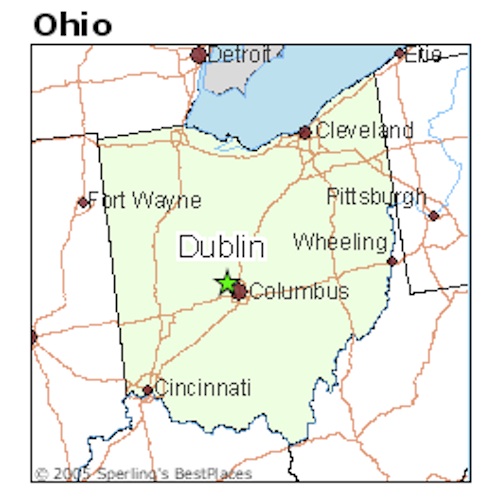Here are a few things we seem to know about the America of the future: walkability will be important to residents, as will good public transportation options (even though BRT seems to be meeting with opposition in some places), and the desire to live in a city will mean a lot to what types of companies will go there. (You need to figure out something to do with your highway corridors). Here’s the elephant in the room: most American cities and their suburbs/exurbs were designed around cars, and because (to quote Rick Pitino) Tesla “ain’t walking through that door” anytime in the immediate future, we often need to think about the realities of developing new communities in the context of everyone having cars — even if what they really want is walkability. Full disclosure: I’m writing this post from Dallas, TX on a job interview. Dallas is not a walkable city, per se — it’s a car city — but it has walkable areas, and if something like this worked out, I’d definitely be inclined to live in one of those neighborhoods.
Here’s something new from the good folks at CityLab of interest. Maybe a small town in Ohio is about to do the thing right:
In Dublin, Ohio, a suburb 17 miles northwest of Columbus, the town has rezoned 1,100 acres to create the Bridge Street District, a cutting-edge plan for a dense, mixed-use urban environment, including a $14 million pedestrian bridge designed to help “create a rich and robust non-motorized environment.” Local developer Crawford Hoying is developing a $300 million mixed-use project on the one side of the river, and on the other, it’s developing 42 high-end condos — 24 of which are already reserved, mostly by empty-nesters living in big homes in nearby car-dependent suburbs or golf communities. “Walkability is the number one reason for every person,” says principal Brent Crawford. Dublin has no access to rail transit. But the Central Ohio Transit Authority recently announced a plan to redraw its bus network to offer more high-frequency service to denser areas, including new lines to Bridge Park. Crawford says this means his residents could have access to everything they need without a car.
Access to everything you need without a car is the key phrase there, no doubt.
There’s another cool idea contained within that post and elaborated on here; it’s called Smart Para-Transit. Here’s a picture of how it works:
This is a little bit similar to some of the ultimate functionality you could see with an Uber — or Google’s driverless cars — and it’s interesting to think about. What if we essentially had a fleet of vehicles to do our chores and move us from A to B, so that personal car ownership became a thing you did for travel only? That would probably take about 50 years or so to totally phase in, but it’s interesting to consider. It is possible, even in cities like a Dallas, to structure your work and play around the idea that you don’t really need a car (in a place like Dallas or even Minneapolis, where I currently live, it’s probably harder but it’s not impossible), so seeing where the model could go with “the sharing economy” and Google on the problem is something cool to consider.
Remember above all else: the U.S. is essentially 12 mega-regions right now, but smarter approaches to urban and suburban development — especially an embrace of buses and a decline in cars — could start to shift that a bit.

